On the 31st December 2020, the UK adopted a new set of regulations that allows you to do MUCH more with your drone if you are a recreational drone flyer for a relatively cost-effective price (or nothing at all!) when compared with the previous regulations and courses available.
%20is%20the%20BEST%20qualification%20for%20recreational%20drone%20pilots.png)
Many recreational drone flyers believed that the new regulations would 'ruin' the hobby for them, this is why I'm going to BUST THAT MYTH.
What WERE the regulations?
First off, let's take a look at the options that you had in 2020 if you wanted to fly any drones recreationally regardless of the weight (provided it is between 0kg-20kg).
- You needed to stay 150 metres away from congested areas
- Stay a minimum of 50 metres away from uninvolved people
- Fly no higher than 400 feet above the ground
- Maintain unaided Visual Line of Sight with your aircraft at all times
- You needed to hold a Flyer ID (if your drone weighed between 250g-20kg)
If you wanted to do any commercial work (regardless of the weight of the drone) you had to get a Permission for Commercial Operation (PfCO) from the UK Civil Aviation Authority.
These regulations have now gone and you can now fly under the new regulations, that on the face of it seem more complicated, but actually, open up more opportunities for recreational drone pilots.
What are the Recreational Drone Regulations in the UK from 2021?
From the end of 2020, the UK implemented a brand new set of regulations that removed any differences between recreational drone pilots and commercial drone pilots.
We moved over to a risk-based approach, which meant that those people who wanted to fly drones 'far from people' don't need any formal qualification other than a UK Flyer ID, however, If you want to fly 'closer to people' you may need further certification, depending on the size of the aircraft. Let's take a look at the new regulations in more detail.
Drones under 250g flying weight

Drones that are under 250g flying weight can only be flown with unaided visual line of sight (you need to see the drone clearly for the purpose of avoiding collisions) but they can be flown over uninvolved people as long as it's not an 'assembly of people' (assemblies of people are defined as a person not being able to move out of the way of an out of control drone - e.g. a crowd of people).
You also may not fly the drone any higher than 400ft (120m).
You need an Operator ID affixed to the aircraft if the drone has a camera on it and there is NO minimum age set for this size of the drone.
Examples of drones in this category are:
-
- DJI Mavic Mini (without propellor guards)
- DJI Mini 2
Drones between 250g-500g flying weight (valid until 31st December 2022)
.png)
People flying drones that are between 250g-500g need to do the Drone and Model Aircraft Registration and Education Service (DMARES) to get their Flyer ID (this is free). Once you have your Flyer ID you will then need to get an A2 Certificate of Competency (A2 CofC) from a certified company such as UAVHUB.
Once you hold an A2 CofC you will be able to fly these drones in areas used for recreational, industrial, residential and commercial purposes. You must always maintain unaided visual line of sight with the drone and you can't intentionally overfly uninvolved people (people who aren't involved with your flight!).
If you choose not to get an A2 CofC, you need to:
- Do the Drone and Model Aircraft Registration and Education Service and get your Flyer ID
- Stay 150 metres away from congested areas
- Stay a minimum of 50 metres away from uninvolved people
You can also fly commercially with or without the A2 CofC.
Examples of drones in this category are:
-
- Parrot ANAFI
- DJI Spark
- DJI Mavic Air (1st generation)
Drones between 500g-2kg flying weight (valid until 31st December 2022)
.png)
People flying drones that are between 500g-2kg need to do the Drone and Model Aircraft Registration and Education Service (DMARES) to get their Flyer ID (this is free). Once you have your Flyer ID you will then benefit from getting an A2 Certificate of Competency (A2 CofC) from a certified company such as UAVHUB.
Once you hold an A2 CofC you will be able to fly these drones in areas used for recreational, industrial, residential and commercial purposes. You must always maintain unaided visual line of sight with the drone and you must stay at least 50 metres away from uninvolved people (people who aren't involved with your flight!) and you cannot overfly uninvolved people.
If you choose not to get an A2 CofC, you will need to:
- Do the Drone and Model Aircraft Registration and Education Service and get your Flyer ID
- Stay 150 metres away from congested areas
- Stay a minimum of 50 metres away from uninvolved people
You can also fly commercially with or without the A2 CofC.
Examples of drones in this category are:
-
- DJI Mavic 2 Pro
- DJI Mavic 2 Zoom
- DJI Mavic (1st generation)
- DJI Mavic Air 2
- Autel EVO II
- DJI Phantom 4
Drones between 2kg-25kg flying weight

People flying drones that are between 500g-2kg will need to do the Drone and Model Aircraft Registration and Education Service (DMARES) to get their Flyer ID (this is free).
You will then need to fly these drones 150m away from congested areas (areas used for recreational, commercial, industrial and residential purposes) and stay a minimum of 50 metres away from uninvolved people and you cannot overfly uninvolved people.
If you need to fly these larger drones between 2kg-25kg in congested areas (or areas used for commercial, industrial, residential and recreational purposes) then you will need to do a General Visual Line of Sight Certificate (GVC) course and apply for an Operational Authorisation from the UK CAA.
You can fly these drones commercially with or without an Operational Authorisation from the UK CAA.
Examples of drones in this category are:
-
- DJI Inspire 1
- DJI Inspire 2
- DJI Matrice 200 series
- DJI Matrice 300
- DJI Matrice 600
- Freefly Alta 6, 8 and X
Certified Drones
By the end of 2022, all drones on the UK market will need to be certified, this will take the form of a new 'UK Marking' and a 'C' rating which will highlight what you can and cannot do with that particular drone. As of today, there are NO certified drones on the market which is why these transitional rules above are in place for the next 2 years.
So how do recreational drone pilots benefit from the new regulations?
Previously, people who wanted to fly their drones in congested areas regardless of the weight of the drones had to get a Permission for Commercial Operation (PfCO) from the CAA. This has previously been considered costly to people who only want to fly for fun OR for people who only want to use small drones occasionally as part of their business.
Under the new regulations today, if you only fly relatively small drones you may only need to do a short course or no formal paid-for course at all!
This has opened up drone flying to a much wider audience who were previously limited and potentially unsure of what they could or couldn’t do if they only wanted to fly for fun! You'll be able to fly in spaces that were once off bounds because of the old requirement to maintain 50 metres away from people. Following the new regulations, if your drone is small enough, you may even be able to fly in your back garden!
Come and see for yourself WHY we're the UK's highest-rated drone training provider by enrolling for free into our 'No Obligation' Free Trial of the A2 Certificate of Competency drone course.



